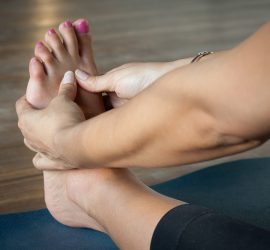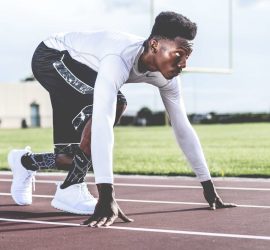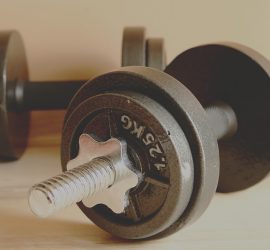Small amounts of involuntary muscle activity limit passive joint range of motion
The loss of passive joint range of motion (i.e. contracture) is common in stroke and other neurological conditions. More than half of people with stroke or spinal cord injury will develop at least one contracture (Diong et al., 2012; Kwah et al., 2012). Contracture impairs physical function and can cause […]










